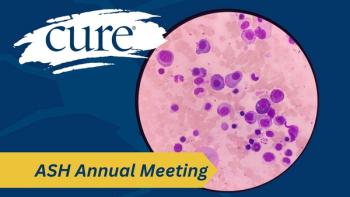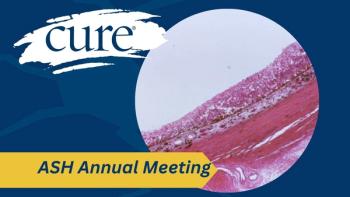
NCI-Designated Cancer Centers Yield Improved Mortality Rates in Acute Myeloid Leukemia
As suspected, the average early mortality rate improved overall during the study period. But while evaluating the data, researchers noticed something interesting about the difference in early mortality at the NCI-designated cancer centers compared to non-NCI-designated cancer centers.
Patients with acute myeloid leukemia (AML) who received treatment at a National Cancer Institute (NCI)-designated cancer center in California reduced their risk of early mortality by 53 percent, according to a study recently published in the journal Cancer.
Researchers at UC Davis and Stanford University were initially interested in whether rates of early mortality — death less than 60 days after diagnosis – in patients with AML had improved over time in the state of California. While AML is one of the most common blood cancers, it is also the deadliest.
To begin, researchers collected 15 years of data from two sources: the California Office of Statewide Health Planning and Development Patient Discharge Database, which provides data on diagnoses and procedures for all hospital patients in California (minus 14 Veterans Affairs and military hospitals); and the California Cancer Registry, which compiles socioeconomic and clinical data for all patients diagnosed with cancer in the state of California.
Of the 7,007 patients with AML in the data set that spanned from 1999 to 2014, around 25 percent ( 1,762 patients) were treated at NCI-designated cancer centers.
As suspected, the average early mortality rate improved overall during the study period. But while evaluating the data, researchers noticed something interesting about the difference in early mortality at the NCI-designated cancer centers compared to non-NCI-designated cancer centers.
While non-NCI-designated cancer centers saw a 24 percent early mortality rate, the rates of the NCI-designated centers were consistently better, at 12 percent.
“We were certainly surprised by the magnitude of the difference,” study author says Brian Jonas, assistant professor of medicine at the UC Davis Comprehensive Cancer Center, said in an interview with CURE.
This 53 percent reduction in the odds of early mortality could be due to many factors, including inconsistent supportive care. “One possible explanation of the effect seen is that recent advances in leukemia care and supportive care may not have been disseminated across all settings,” said Jonas.
Additionally, the differential hospital resources available at NCI-designated centers — like more sophisticated intensive care units, better nurse-to-patient ratios and increased diagnostic capabilities – could all contribute to the effectiveness of supportive care administration.
Higher patient volume may also play a role. Where NCI-designated centers saw a median of 13 patients per year, non-designated centers saw around two annually. “Higher patient volume has been linked to reduced inpatient mortality,” said Jonas. “This is possibly related to increased experience in managing these complicated patients with AML.”
Now that this discrepancy has been discovered, Jonas noted that further studies must be done.
“Our findings suggest that additional research needs to go into more specifically understanding why we see this difference in early mortality for AML patients at NCI-designated cancer centers versus non-NCI-designated sites,” said Jonas. “This can hopefully allow us to improve the care of all patients with AML, regardless of their treatment site.”





